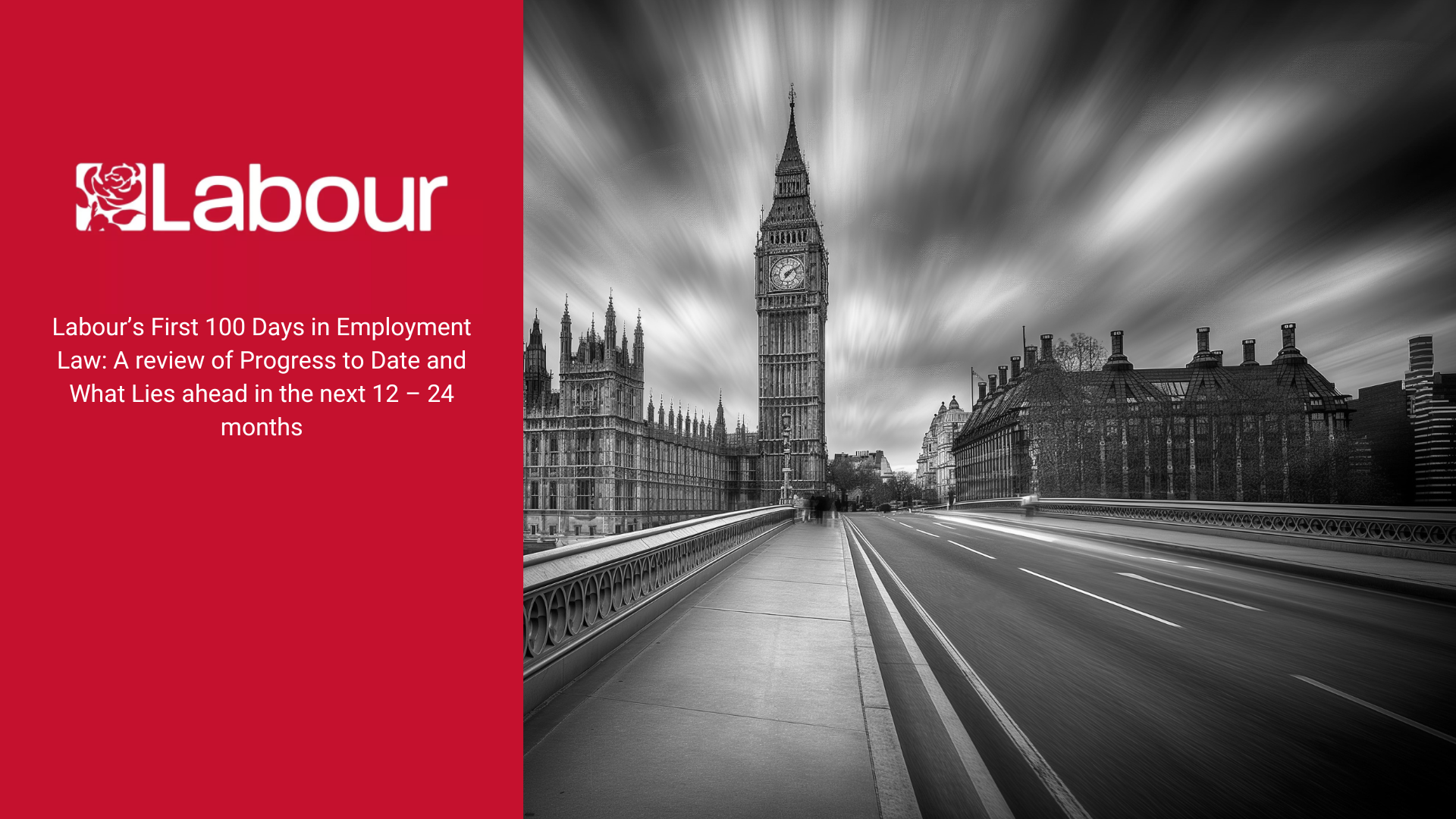Can I work while on maternity leave?
Your statutory maternity leave entitlements
Statutory maternity leave is 52 weeks. This is divided into:
- Ordinary Maternity Leave: covers the first 26 weeks
- Additional Maternity Leave: covers the last 26 weeks.
You do not have to take the full 52 weeks. However, you must take at least two weeks’ leave after your baby is born (four weeks if you work in a factory).
Statutory Maternity Pay
This is paid for up to 39 weeks. At the time of writing (Autumn 2021) it will be 90% of your average weekly earnings (before tax) for the first six weeks, and then £151.97 or 90% of your average weekly earnings (whichever is lower) for the next 33 weeks.
Your employer pays your Statutory Maternity Pay. Tax and National Insurance will be deducted in the normal way.
Some employers offer contractual or enhanced maternity pay instead of Statutory Maternity Pay. This must be above the legal minimum for maternity pay. You should check your contract of employment to see if this applies to you.
Eligibility for Statutory Maternity Pay
You must be working for your employer in the 15th week before your baby is due, and have worked for them for at least 26 weeks before that. You must also have average pay, before tax, of at least £120 a week.
Maternity Allowance
If you are not entitled to Statutory Maternity Pay, you may be entitled to Maternity Allowance.
You may be eligible for this if you:
- are employed but cannot get Statutory Maternity Pay
- are self-employed
- have recently stopped working
- take part in unpaid work for the business of your spouse or civil partner
You can get Maternity Allowance for up to 39 weeks.
Working on maternity leave
You are not allowed to work during maternity leave. If you do, it will bring your maternity leave and Statutory Maternity Pay to an end. This also applies to Maternity Allowance payments.
Exceptions to maternity leave rules
‘Keeping in touch’ days
You can agree with your employer to work for up to ten ‘keeping in touch’ days, without that work bringing your maternity leave to an end. If you do so, you will also continue to be entitled to Statutory Maternity Pay.
You can also work for ten ‘keeping in touch’ days if you are receiving Maternity Allowance.
The type of work and pay employees get should be agreed before commencing with this arrangement.
It does not matter whether you work a half day or full day, it will be counted as a whole day. If you are receiving Maternity Allowance, any work done counts as a day’s work.
Once you have worked all ten days, you will lose a week’s Statutory Maternity Pay for any week in which you have worked.
You do not have to agree to work. Your employer cannot force you to do so. However, you also cannot demand the right to work your full ten ‘keeping in touch’ days.
It is also important to note that this exception does not apply to the two weeks immediately following the birth of your child.
Working more than one job
You may be entitled to maternity leave and Statutory Maternity Pay from both jobs. In this situation, maternity leave and pay are calculated separately. This means you do not have to take maternity leave and Statutory Maternity Pay at the same time for each employer.
In theory, you can start earlier at one job than the other. You will not lose your maternity leave and pay entitlements from employer A, if you are still working for employer B.
Self-employed work
If you are on maternity leave and receiving Statutory Maternity Pay, you can still work on a self-employed basis without it affecting your entitlements. However, you should check the terms of your contract of employment to see if it allows or prohibits this.
Be careful about working for your employer on a ‘self-employed’ basis to take advantage of this exception. This is unlikely to be construed as a genuine self-employed situation.
Maternity employment law concerns
Your employer has a duty to acknowledge your rights when working. This applies as much to family rights and maternity leave, as it does to other aspects of your working life.
If you are worried that your legal rights are not being upheld during pregnancy, or you believe that you have received unfair treatment while on maternity leave, our team of experienced employment law solicitors can help.
For an initial discussion, get in touch today.







